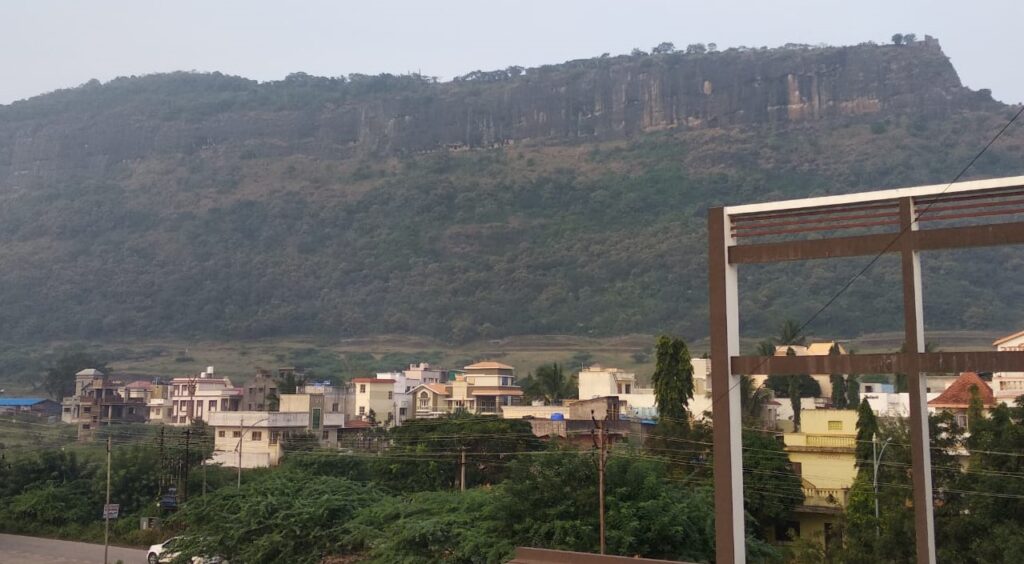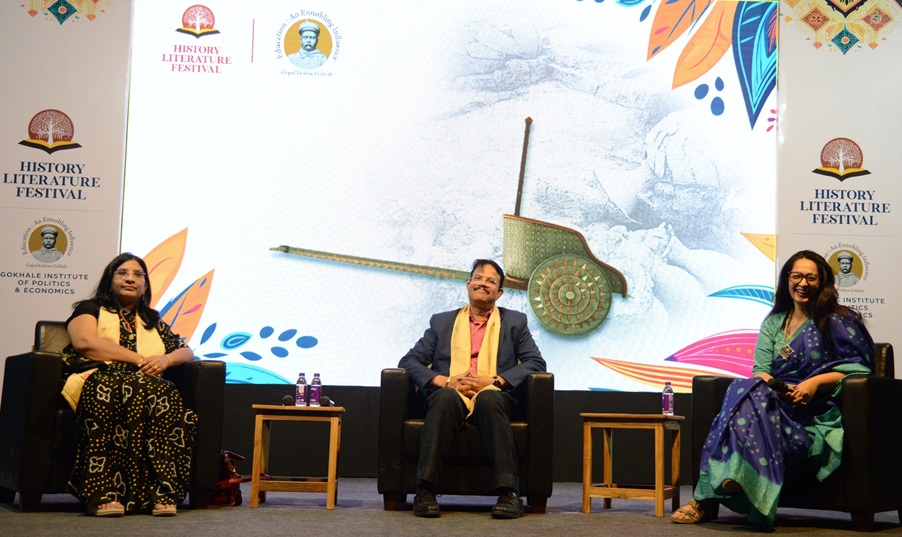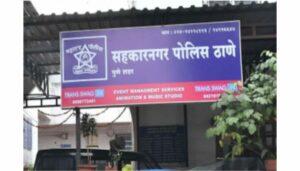Pune: ASI Prioritizes Maharashtra Forts for Conservation Amidst UNESCO Heritage Nomination

Pune, 12th February 2024: Sanjay Kumar Manjul, the additional director general of the Archaeological Survey of India (ASI), announced the organization’s focus on the maintenance and conservation of forts situated in Maharashtra this year. This declaration comes in the wake of nominating seven Maratha military forts for the prestigious UNESCO world heritage tag for the years 2024–25, as part of a broader initiative encompassing 12 17th-century forts identified as Maratha military landscapes.
The nominated forts from Maharashtra include Shivneri, Lohagad, Raigad, Suvarnadurg, Panhala, Vijaydurg, and Sindhudurg.
Sanjay Manjul emphasized the significance of these forts, proposing them for their outstanding universal value. However, he acknowledged the challenges in conserving these historical structures due to environmental changes over the decades. Issues such as water percolation caused by drainage changes in the city’s landscape and the receding fort landscape present formidable hurdles in the conservation efforts.

During the ‘History Literature Festival 2024’ at the Gokhale Institute of Politics and Economy, Arvin Manjul, the regional director of ASI (North), delved into the discovery and significance of Sinauli chariots. In 2018, ASI excavated three Sinauli chariots from two burial chambers, dating back to 2000 BCE.
Contrary to previous notions, Arvin Manjul emphasized that these chariots, along with antennae swords, ornaments, shields, and daggers, are the oldest discovered in the world. The presence of war chariots challenges the Aryan-invasion theory, as it was previously believed that horse chariots entered the Indian peninsula only after the Aryan arrival in 1400 BCE.
Sanjay Kumar Manjul underscored that the evidence now supports the existence of these chariots well before the suggested Aryan arrival, debunking the previously held theory.





